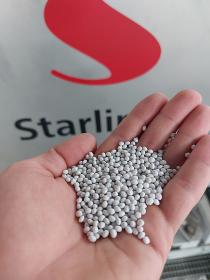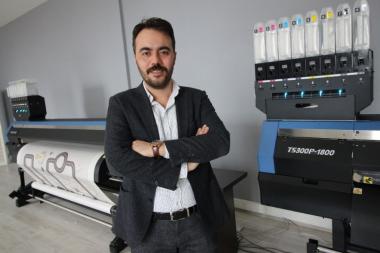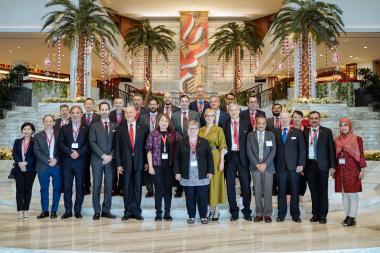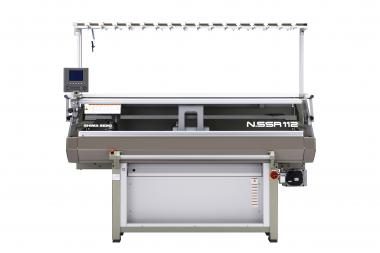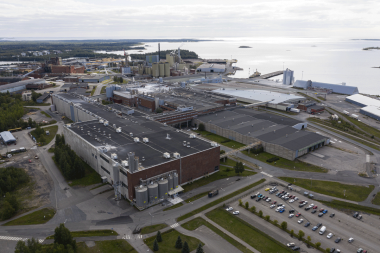Rieter donates CHF 100 000 to support Flood Victims in Pakistan
Rieter is donating CHF 100 000 to support relief efforts for victims in Pakistan following the devastating floods of the 2022 monsoon season. Aid will focus on rebuilding schools and helping local healthcare clinics to protect those who are most vulnerable.
The disastrous floods have displaced nearly eight million people, killing more than 1 500 people – including hundreds of children –, and has put millions of lives at risk of health hazards, according to the United Nations.
The money will be donated in equal shares to two local non-government organizations, Citizens Foundation and ZMT clinics. Citizens Foundation was founded in 1995 with the mission to provide education to children who are less privileged. The Foundation is now helping to rebuild the schools destroyed by the floods. ZMT clinics aim to support the development of a comprehensive primary health care system in Pakistan. They are now setting up clinics to provide medical aid to flood victims.
Rieter has selected these organizations together with its partners in Pakistan. Both aid organizations were chosen based on their ability to provide fast and effective relief where it is needed most. Pakistan is an important textile hub, with textiles making up 60% of the country’s exports. Rieter has been present in Pakistan since 1969.




